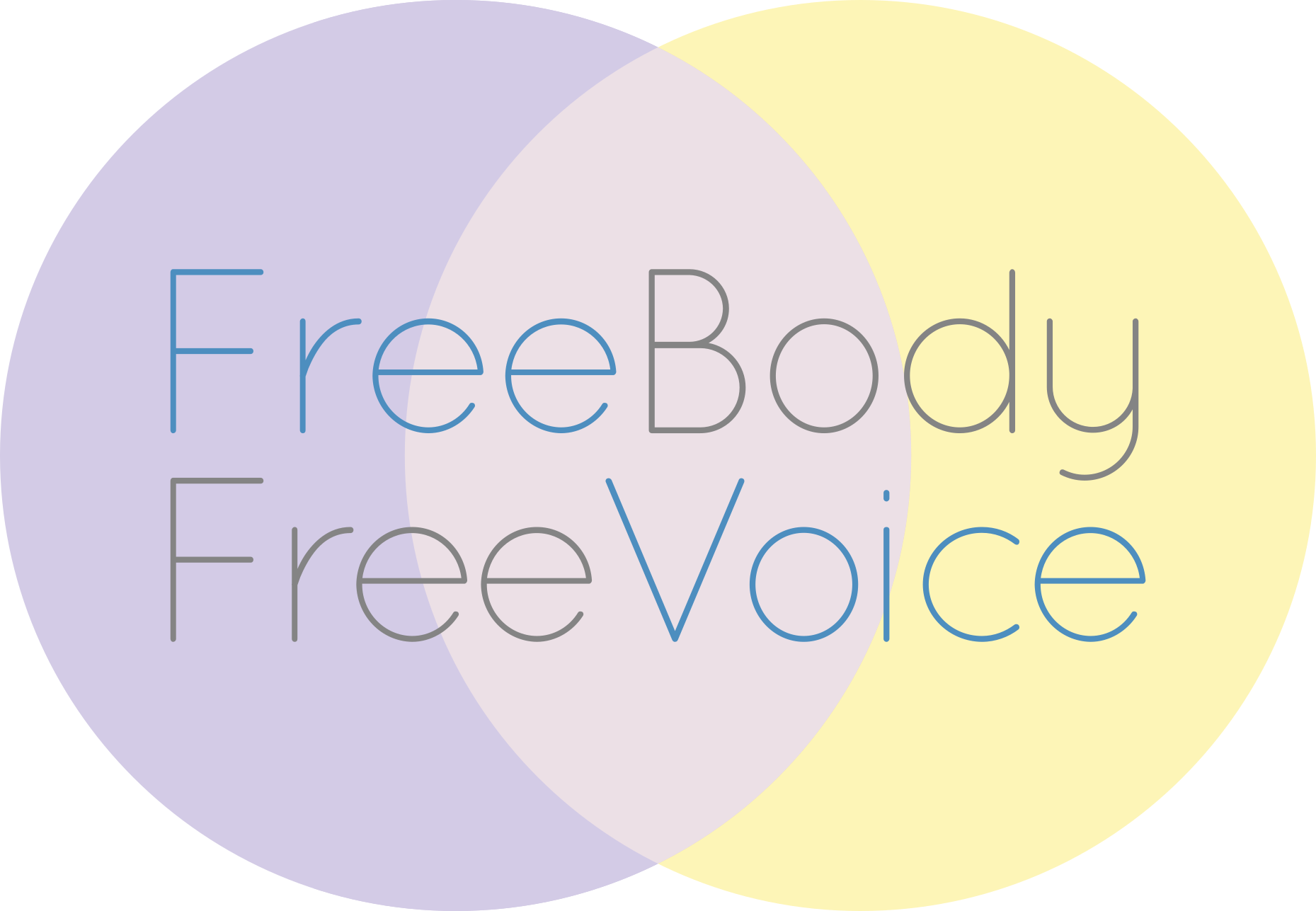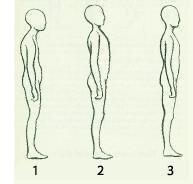More About the Alexander Technique
Cultivate health, skill, and happiness
Develop a higher state of conscious awareness
Unleash your full potential
The Alexander Technique helps you to improve your health and functioning by fine-tuning your thinking and the balance of your muscles. When your whole Self is functioning optimally, you will enjoy benefits such as these:
Comfortable, upright posture
Better balance
Easier, more efficient movement
Full, natural breathing
Reduced pain and stress
Increased confidence and poise
The Alexander Technique allows you to explore a fully conscious, improved way of using your whole Self. In your lessons, I will teach you to more effectively coordinate your thinking, breathing, and moving. As my student, you will learn how to correct muscular imbalances that may be interfering with your posture, your movements, and even your health. You will learn how to maintain these improved conditions throughout your daily life.
What is the Alexander Technique?
The Alexander Technique is a way of living more consciously. For over 100 years, the Alexander Technique has been helping people to establish a better-coordinated mind-body connection. One goal of the Alexander Technique is to restore efficiency and vitality to all the systems of your body, including your breathing and your posture. You could say that the Alexander Technique optimally organizes your mind and body for all the activities of your life. You become a highly sensitive instrument of self-expression and achievement. Through Alexander Technique lessons, you cultivate:
Your internal and external awareness.
Your capacity for productive thinking.
Your ability to function at your highest potential without producing strain.
What is the Theory Behind the Alexander Technique?
We start life as well-coordinated infants. As we mature, our ideal state of coordination deteriorates as a result of various negative influences: lack of conscious awareness, stress, misunderstanding of anatomical structure, injury. Now, as adults, we no longer experience the natural ease of movement, grace, and sense of well-being we once enjoyed. Our previously balanced musculature becomes compromised by extremes of tension and collapse. We find ourselves at times tense all over, and at other times in an unenergetic slump. We often alternate between these extremes. Balance needs to be restored.
Muscular imbalance leads to pain, inefficiency, injury, and compromised performance. Perhaps the greatest risk to you is that inefficient coordination obstructs the flow of your breath, preventing the cells of your body from obtaining enough oxygen. The Alexander Technique provides a means for interrupting this cycle of deterioration and restoring muscular coordination, freedom of breath, and health.
Postural Choices:
1) Overly slack
2) Overly tense
3) Balanced
What Makes the Alexander Technique Unique?
You can choose among many paths to self-improvement. Here's how the Alexander Technique differs from many other practices:
Its ease of incorporation into your life.
You can use the Alexander Technique to improve your condition at any time, without having to stop what you're doing. As many actors, musicians, and athletes know, you will be able to use the Alexander Technique even while engaging in activity to ensure that you are always performing at your peak. If you're feeling stressed, you could go to a yoga class. If your back hurts, you could have a massage. But what if your stress and pain happen in the middle of a meeting? or while you're performing on stage? or while you're racing to meet a deadline? You can use the Alexander Technique in these or any other situations to maintain full command of your faculties when you need them the most.
Its indirect and holistic approach, which makes it suitable for solving a wide range of problems.
My students are often initially surprised that I do not focus on what is troubling them, but rather keep returning to the issue of their overall coordination. As an Alexander teacher, I have been trained to consider your problems in their overall physical, mental, and emotional context: how these problems relate to other aspects of your functioning. If you "solve" a particular problem without correcting the poor overall coordination that led to it, you are likely to experience a relapse or the appearance of additional problems. My goal as an Alexander teacher is to help you create better conditions in your body, so that your problems can resolve themselves on their own.
Alexander's concept of "non-doing."
In most training programs, you learn how to do something. With the Alexander Technique, you learn how to stop doing the things that are interfering with your best performance. "The reason that the pupil is unable to perform correctly is that he believes that there is something for him to do...when as a matter of fact the very opposite is necessary. He is doing what is wrong. Obviously he should begin then by ceasing to do what is wrong, not by endeavoring blindly to do what is right." — F.M. Alexander, Man's Supreme Inheritance (1918)
Who Was Alexander?
Frederick Matthias Alexander was born in Australia in 1869. He became an accomplished Shakespearean actor, but developed vocal difficulties that threatened to destroy his career. An independent thinker, Alexander worked out a technique of improving his muscular coordination that solved his vocal problems and promoted better health as well. Once he realized how his technique could benefit virtually any person's health and performance, he left acting to teach his technique full time. His pupils included many celebrated figures of the day: George Bernard Shaw, Aldous Huxley, John Dewey, many well-known actors, and the wife of Winston Churchill. Alexander refined his teaching methods in London and the United States. By the time of his death in 1955, he and his followers had founded programs on both sides of the Atlantic to train others to continue his work.


